- myFICO® Forums
- FICO Scoring and Other Credit Topics
- Understanding FICO® Scoring
- Re: Strategic Utilization Ramp Up?
- Subscribe to RSS Feed
- Mark Topic as New
- Mark Topic as Read
- Float this Topic for Current User
- Bookmark
- Subscribe
- Mute
- Printer Friendly Page
Strategic Utilization Ramp Up?
Is your credit card giving you the perks you want?
Browse credit cards from a variety of issuers to see if there's a better card for you.
- Mark as New
- Bookmark
- Subscribe
- Mute
- Subscribe to RSS Feed
- Permalink
- Report Inappropriate Content
Strategic Utilization Ramp Up?
Hello all, have been lurking for a month now, 1st post. Can anyone give me a tip on strategically ramping up my monthly reported utilization from 1% to 8% with the least harm in the short term and long term? Why? Because I believe a low, but non-zero utilization and reported payments will increase my scores across all models based on my reading of this forum. PIF before statement closing is not the best strategy.
Should I ramp up the reported utilization per card by 1% each month for the next 7 months? Or go all in at once, and let it jump from 1% to 8% in August? Which method would yield the best short and long term result?
- Mark as New
- Bookmark
- Subscribe
- Mute
- Subscribe to RSS Feed
- Permalink
- Report Inappropriate Content
Re: Strategic Utilization Ramp Up?
@Credit12Fico wrote:Hello all, have been lurking for a month now, 1st post. Can anyone give me a tip on strategically ramping up my monthly reported utilization from 1% to 8% with the least harm in the short term and long term? Why? Because I believe a low, but non-zero utilization and reported payments will increase my scores across all models based on my reading of this forum. PIF before statement closing is not the best strategy.
Should I ramp up the reported utilization per card by 1% each month for the next 7 months? Or go all in at once, and let it jump from 1% to 8% in August? Which method would yield the best short and long term result?
Increasing aggregate revolving utilization from 1% to 8% will lose you points, not gain points. Whether you do it gradually or all at once, the point loss will be the same.



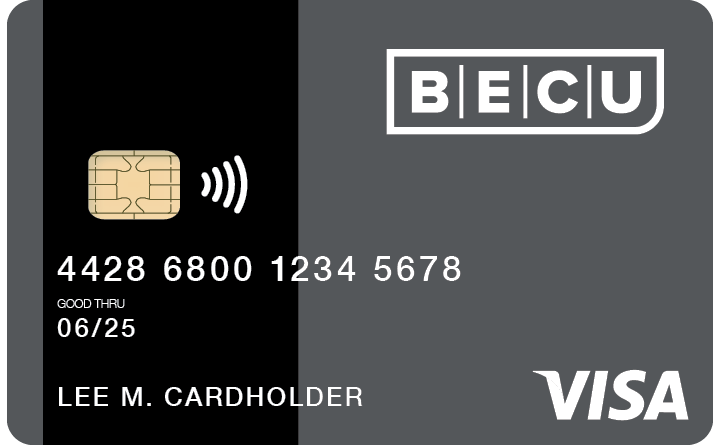

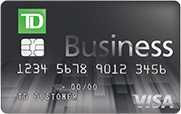





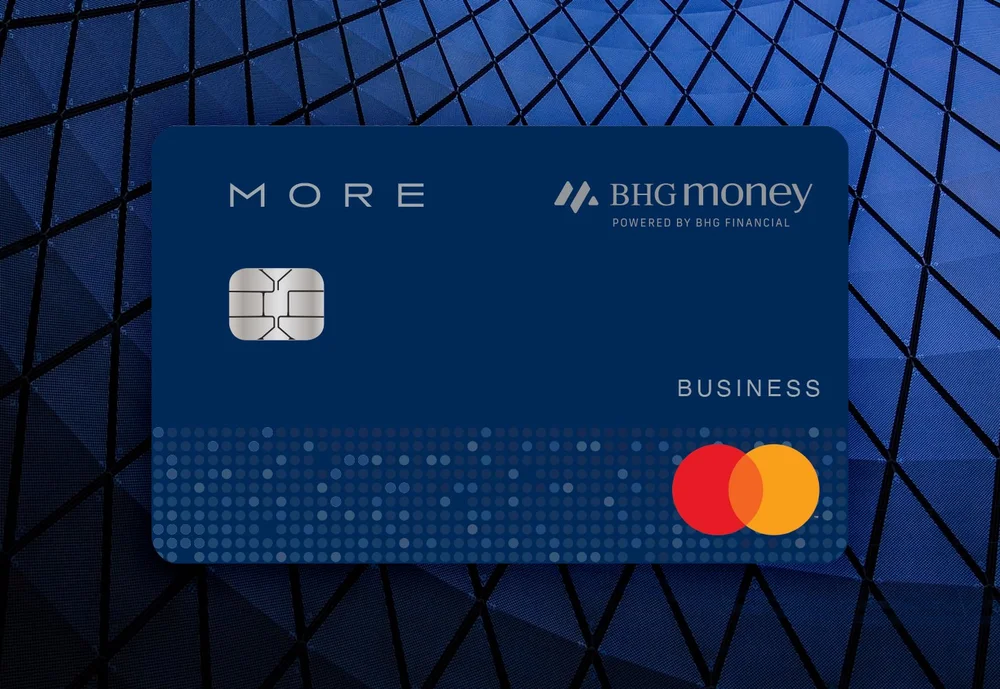
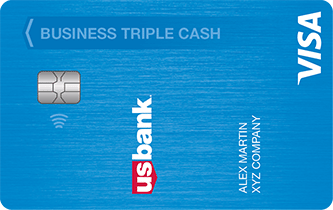

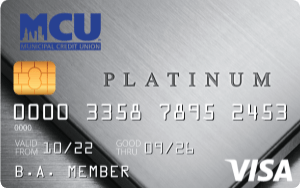
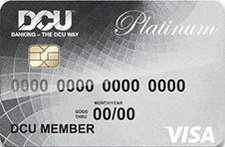

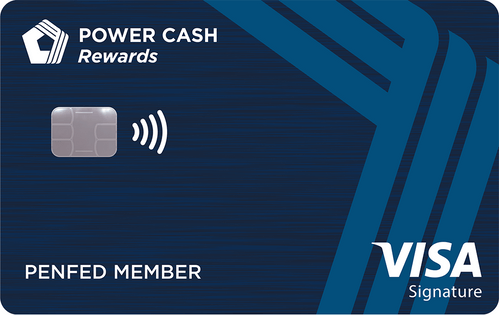
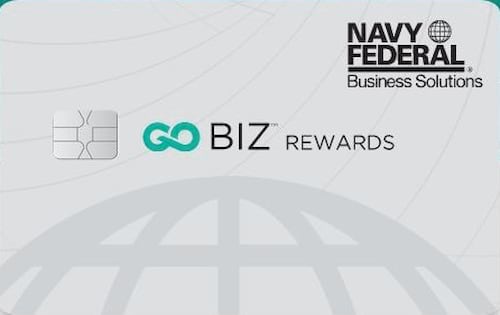
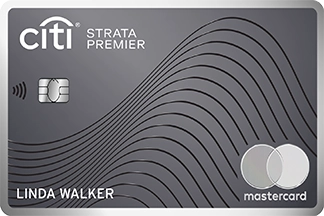
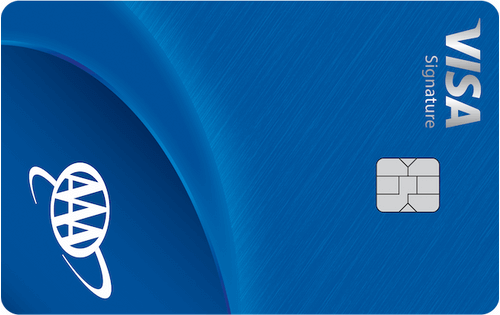
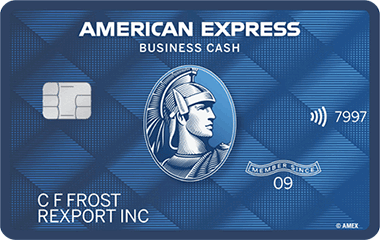
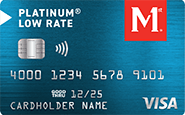
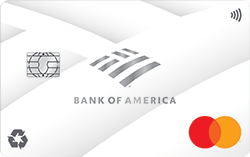


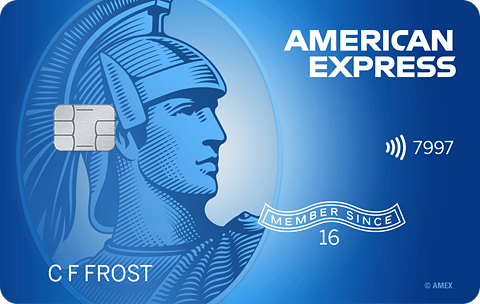
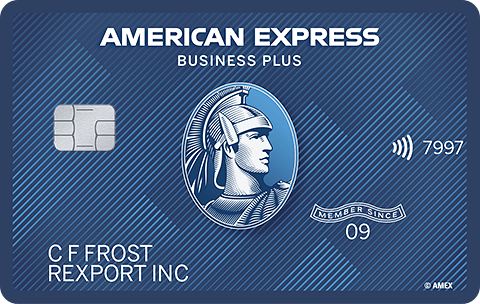



Total revolving limits 568220 (504020 reporting) FICO 8: EQ 689 TU 691 EX 682
- Mark as New
- Bookmark
- Subscribe
- Mute
- Subscribe to RSS Feed
- Permalink
- Report Inappropriate Content
Re: Strategic Utilization Ramp Up?
@Credit12Fico wrote:Hello all, have been lurking for a month now, 1st post. Can anyone give me a tip on strategically ramping up my monthly reported utilization from 1% to 8% with the least harm in the short term and long term? Why? Because I believe a low, but non-zero utilization and reported payments will increase my scores across all models based on my reading of this forum. PIF before statement closing is not the best strategy.
Should I ramp up the reported utilization per card by 1% each month for the next 7 months? Or go all in at once, and let it jump from 1% to 8% in August? Which method would yield the best short and long term result?
I can't pinpoint any strategy that would involve increased utilization, and balances reporting on all/the majority of revolving cards, that would net a FICO score increase. I'd encourage you to redo your research and make sure your findings are accurate.
But....if for reason you're set on increasing utilization (to decrease your FICO scores), the answer to gradually or all at once in an attempt to avoid too much attention from lenders depends on the question: 7% of what? If it's 7% of $10,000 available credit; do it all at once. If it's 7% of $1M, you might want to ramp up to that.
- Mark as New
- Bookmark
- Subscribe
- Mute
- Subscribe to RSS Feed
- Permalink
- Report Inappropriate Content
Re: Strategic Utilization Ramp Up?
@Credit12Fico We know nothing about your profile. So that makes it difficult to give tailored advice. You may see no score change going to 8% depending on your scorecard. If you’re in a young or thin scorecard there may be a 4% threshold you cross that loses you a couple points.
Whether you raise your utilization in 1 month or 8 months is of no consequence to your currently available fico long-term scores. As a matter of fact, there are only a couple of scores that will take into account how your balances change over time. That is fico 10T, which is not yet in use, or vantagescore 4.0, which we only have confirmed to be in use by synchrony.
Like @Anonymous I urge you to do more research and reconfirm your presumptions. I would highly recommend you read the Scoring Primer linked at the top of my signature. It will give you a lot of knowledge and fill in a lot of blanks. And it will let you know what you need to further research on.
- Mark as New
- Bookmark
- Subscribe
- Mute
- Subscribe to RSS Feed
- Permalink
- Report Inappropriate Content
Re: Strategic Utilization Ramp Up?
With that said, a low non-zero utilization is preferable.
Whether your balances report or not is really inconsequential for most reasons, unless you are trying to optimize your score for an application. When trying to optimize you want all accounts reporting zero except for one.
Also with that said, it is nice to report some balances, so other lenders can see you’ve used other cards and to allow a high balance to report for your cards. But this depends on lenders, because some lenders report payment amounts even if you pay before the statement cuts. Plus, it justifies having your limits by using a portion of them. Recommended to remain 29% or less most of the time for individual revolvers. 9% or less aggregate.
So there is some utility in allowing balances to report at times. Plus it’s a lot of work to micromanage, so a lot of times it’s easier just to do it organically, but PIF is best to avoid interest. Then, if you’re going to do an app, you micromanage and only leave one reported balance
- Mark as New
- Bookmark
- Subscribe
- Mute
- Subscribe to RSS Feed
- Permalink
- Report Inappropriate Content
Re: Strategic Utilization Ramp Up?
Payment history scoring is determined by the presence of delinquencies. So as long as you don’t have any delinquencies, you’re going to get the points you’re supposed to from payment history. The exception to this is when you have a brand new file and you have to build up a minimum payment history.
- Mark as New
- Bookmark
- Subscribe
- Mute
- Subscribe to RSS Feed
- Permalink
- Report Inappropriate Content
Re: Strategic Utilization Ramp Up?
@Anonymous wrote:... it is nice to report some balances, so other lenders can see you’ve used other cards and to allow a high balance to report for your cards. ...
And the evidence for that is what?































Total revolving limits 568220 (504020 reporting) FICO 8: EQ 689 TU 691 EX 682
- Mark as New
- Bookmark
- Subscribe
- Mute
- Subscribe to RSS Feed
- Permalink
- Report Inappropriate Content
Re: Strategic Utilization Ramp Up?
Thank you for all of the comments. So it appears I was correct partially. All cards reporting 0 is not optimal. This may be costing me 15-20 points in FICO 8 model.
I checked the scoring primer and it looks like maintaining 1 revolving card with a balance less than 9% which I pay in full before the payment due date is optimal. This is what I will aim for. Right now everything has been reporting zero. Allowing a reportable statement balance for a single revolving account should increase the score.
- Mark as New
- Bookmark
- Subscribe
- Mute
- Subscribe to RSS Feed
- Permalink
- Report Inappropriate Content
Re: Strategic Utilization Ramp Up?
@Credit12Fico wrote:Thank you for all of the comments. So it appears I was correct partially. All cards reporting 0 is not optimal. This may be costing me 15-20 points in FICO 8 model.
I checked the scoring primer and it looks like maintaining 1 revolving card with a balance less than 9% which I pay in full before the payment due date is optimal. This is what I will aim for. Right now everything has been reporting zero. Allowing a reportable statement balance for a single revolving account should increase the score.
@Credit12Fico almost perfectly correct. One card after you pay in full on the due date, you have to make a small charge on it before the statement cuts, so that it will report a small balance. The rest of them after paying by due date, you either have to not use them until it reports or pay again the day the statement cuts, if you're doing AZEO. AZEO is most effective on the mortgage scores though, but it can help version 8 depending on your number of revolvers and CRA.
And there are exceptions and SJ may have a good macro for it, but a Chase card, if you use it, anytime you pay it to zero it will report off cycle, so it's the perfect card, as long as you never pay it to zero unintentionally. And US Bank does not report the statement balance, they use whatever the balance is on the last working day of the month, so lender can make a difference.
Yeah you'll definitely see an increase when you let a revolver report a balance.
@SouthJamaica well SJ, some lenders do not report the amount if it does not actually report, so in my opinion, to justify credit limits and increasing credit limits, I think it's good to show use and some cards like American Express won't show your usage, unless you actually let it report.
Why should a lender give you a high credit limit if he looks and sees you've never actually had a high limit on your credit report reported?
- Mark as New
- Bookmark
- Subscribe
- Mute
- Subscribe to RSS Feed
- Permalink
- Report Inappropriate Content